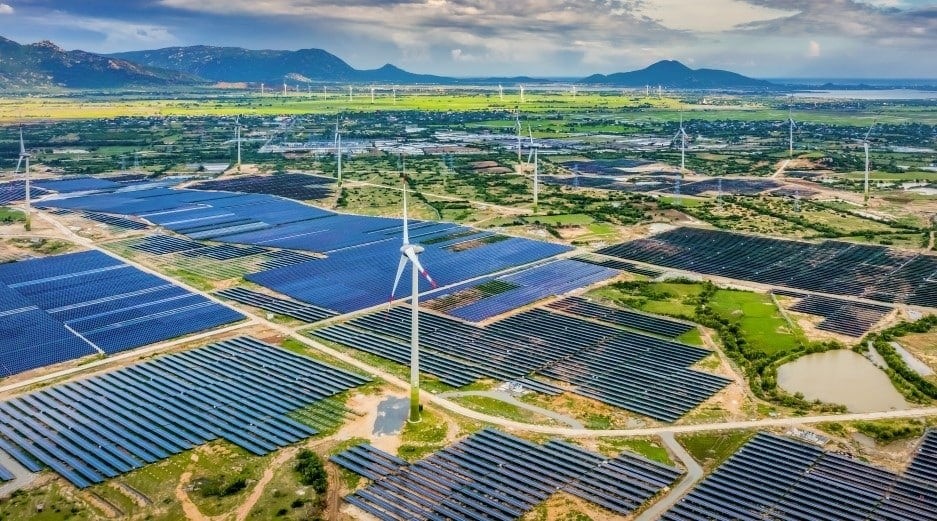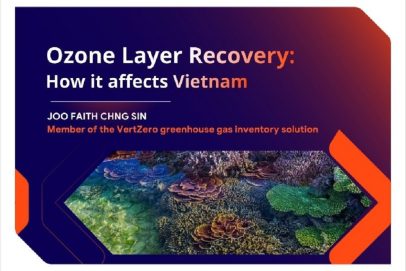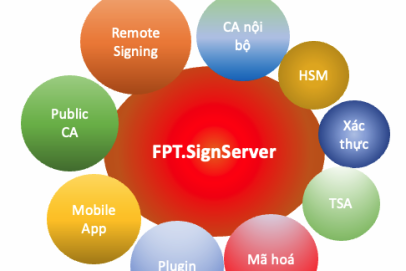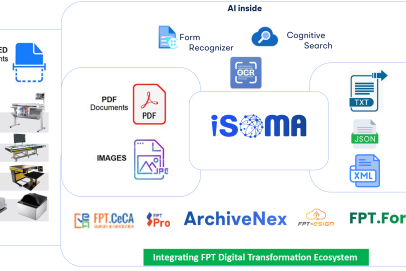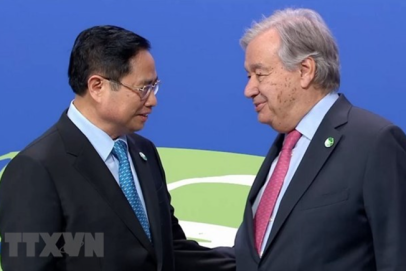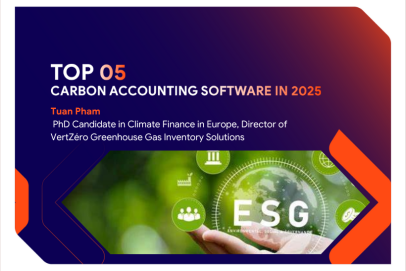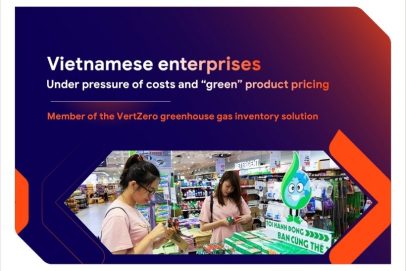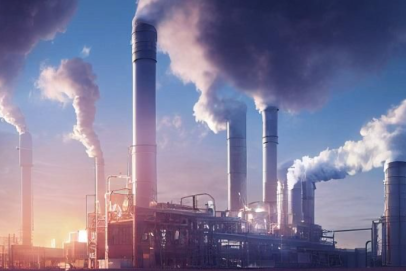Vietnam: Common Categories of Carbon Credits
Following our previous article on Vietnam’s growing interest in carbon credits as a pathway to Net Zero, it is important to understand what kind of projects are the most common in generating these credits for the country. Each carbon credit represents one metric ton of carbon dioxide that will has been reduced or removed from the atmosphere, but the methods used varies widely across the different industry sectors.
In Vietnam, most carbon credits today come from five main categories of projects. These reflect the country’s economic structure, natural resources, and sustainability priorities.
1. Renewable Energy
The most established and accountable category for a large share of Vietnam’s current carbon credit generation. Solar farms, wind power plants, small-scale hydropower, and biomass facilities replace fossil fuel-based electricity on the national grid and qualify as renewable energy projects. These initiatives directly displace coal and gas power, leading to measurable emission reductions.
Renewable energy projects joining Vietnam’s grid (Source: baochinhphu)
These initiatives directly displace coal and gas power, leading to measurable emission reductions. A prominent example is the Trung Nam wind-solar facility in Ninh Thuan, contributing to the offset of millions of tonnes of carbon dioxide each year through generating clean electricity. Other than cutting emissions, contributions to national energy security and strengthening of Vietnam’s position as a regional leader in renewable development will also be achievable through these projects.
2. Energy Efficiency Initiatives
Other than clean power generation, energy efficiency improvements across industries have emerged as another key sources of carbon credits. Many companies have upgraded their operations with energy-saving technologies such as high-efficiency boilers, LED lighting systems and waste heat recovery mechanisms. These investments are often less visible than large solar farms, yet their effect is quite alike significant. In heavy industries such as cement and steel, enhancing production lines not only degrades energy use and emissions but also leads to significant cost savings. Energy efficiency therefore represents a win-win approach, one that makes environmental responsibility align with economic rationale.
3. Methane Capture and Waste Management
Methane, a greenhouse gas that is much more deadly than carbon dioxide, can be utilized to produce energy from landfills, wastewater or composting systems. The Nam Son landfill in Hanoi collects methane gas emissions and transforms them into electricity that can be used, turning a major environment challenge into a valuable resource. These green initiatives not only generate carbon credits but also enhance sanitation and support Vietnam in transitioning toward a more circular and resource-efficient economy.
4. Forestry and Land-Use Projects (REDD+)
In rural and forested regions, forestry and land-use projects – often known under the REDD+ (Reducing Emissions from Deforestation and Forestation Degradation) framework which plays a vital role in carbon sequestration. These initiatives give local communities a means of livelihood while absorbing carbon dioxide from the atmosphere, preserving existing forest and restoring degraded land. Vietnam’s ongoing forest conservation efforts in Thua Thien Hue and Lam Dong, developed under Japan’s Joint Crediting Mechanism (JCM) are strong representations of how international collaboration can drive both environmental and socio-economic gains. These initiatives are becoming more and more valuable due to their capability to store carbon as well as their ability to preserve biodiversity and natural ecosystems.
5. Agriculture and Biogas Projects
Lastly, Vietnam’s large agricultural sector has led to agriculture and biogas projects that targets methane emissions from livestock and rice cultivation. Biogas digesters of a smaller capacity setup on pig farms convert organic waste into renewable energy for rural homes. In the same way, low-emission methods of rice farming lower methane emissions while still ensuring productivity. These demonstrates that sustainable farming and emission reduction can go hand in hand, contributing to both rural development and national climate goals.
These five categories shape the pillars of Vietnam’s carbon credit landscape. They reflect a diverse mix of activities, ranging from large-scale energy infrastructure to community-based conservation, contributing to measurable ways for national decarbonization. As Vietnam prepares to establish its domestic carbon credit exchange, these project types will become the building blocks of a credible and high-impact market. The future challenge involves increasing the number of these projects while guaranteeing that international standards are adhered to. Attracting investments and delivering long-term value beyond just carbon reduction are also future challenges.
In this way, Vietnam’s carbon credit ecosystem is more than an environmental mechanism, it is a roadmap for sustainable growth. The diversity of project categories shows that climate action can come from every sector, from industry to agriculture. Moving forward, the focus shifts from identifying the various types of credits to exploring how Vietnam can effectively scale, trade, and incorporate them into its national economy, marking a transition that will shape the next phase of its path toward Net Zero.
| Exclusive article
by JOO FAITH CHNG SIN – Members of the VertZéro Greenhouse Gas Inventory solution |


